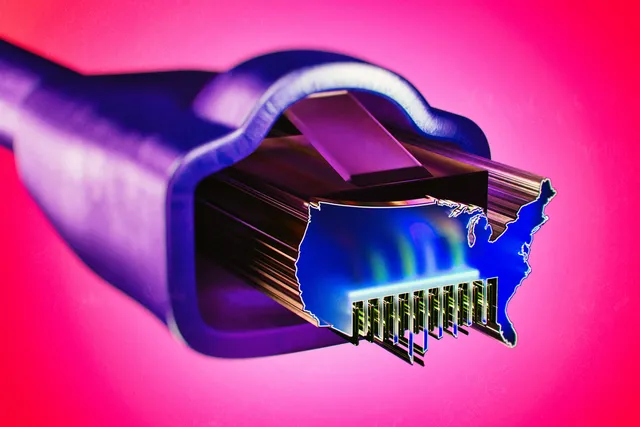
The US Federal Communications Commission (FCC) has just increased the speed requirements for fixed-line Internet service to be called “broadband.” This is the first adjustment since 2015. The agency’s annual review concluded that 100 Mbps download and 20 Mbps upload speeds will be the new standard for fixed-line broadband. The rule is sure to be a pain for providers who are still offering 25 Mbps/3 Mbps (the older broadband standard) to their users.
The FCC report highlights some areas where network infrastructure is lacking. The FCC says broadband is not being deployed quickly enough to serve Americans, especially in remote areas and on tribal lands.
More specifically, fixed terrestrial broadband service (excluding satellite) remains unavailable to approximately 24 million Americans, including approximately 28% of those in rural areas and more than 23% of those living on tribal lands.
On mobile, about 9% of Americans (including 36% in rural areas and more than 20% on tribal lands) lack 5G mobile speeds of at least 35 Mbps/3 Mbps.
The FCC has set a long-term target for fixed broadband speeds of 1 Gbps/500 Mbps. In 2015, when the commission set the 25 Mbps/3 Mbps standard, Chairwoman Jessica Rosenworcel commented, “It’s clear that we should be aiming for 100 Mbps.” Nine years later, her comment has come true.
The FCC has no control to force providers to increase internet speeds, but the move prevents carriers from advertising services as “broadband” if they don’t meet the new threshold.
(According to The Verge)
Source



![[Photo] Prime Minister Pham Minh Chinh chairs the conference to review the 2024-2025 school year and deploy tasks for the 2025-2026 school year.](https://vstatic.vietnam.vn/vietnam/resource/IMAGE/2025/8/22/2ca5ed79ce6a46a1ac7706a42cefafae)

![[Photo] President Luong Cuong attends special political-artistic television show "Golden Opportunity"](https://vstatic.vietnam.vn/vietnam/resource/IMAGE/2025/8/22/44ca13c28fa7476796f9aa3618ff74c4)
![[Photo] President Luong Cuong receives delegation of the Youth Committee of the Liberal Democratic Party of Japan](https://vstatic.vietnam.vn/vietnam/resource/IMAGE/2025/8/22/2632d7f5cf4f4a8e90ce5f5e1989194a)


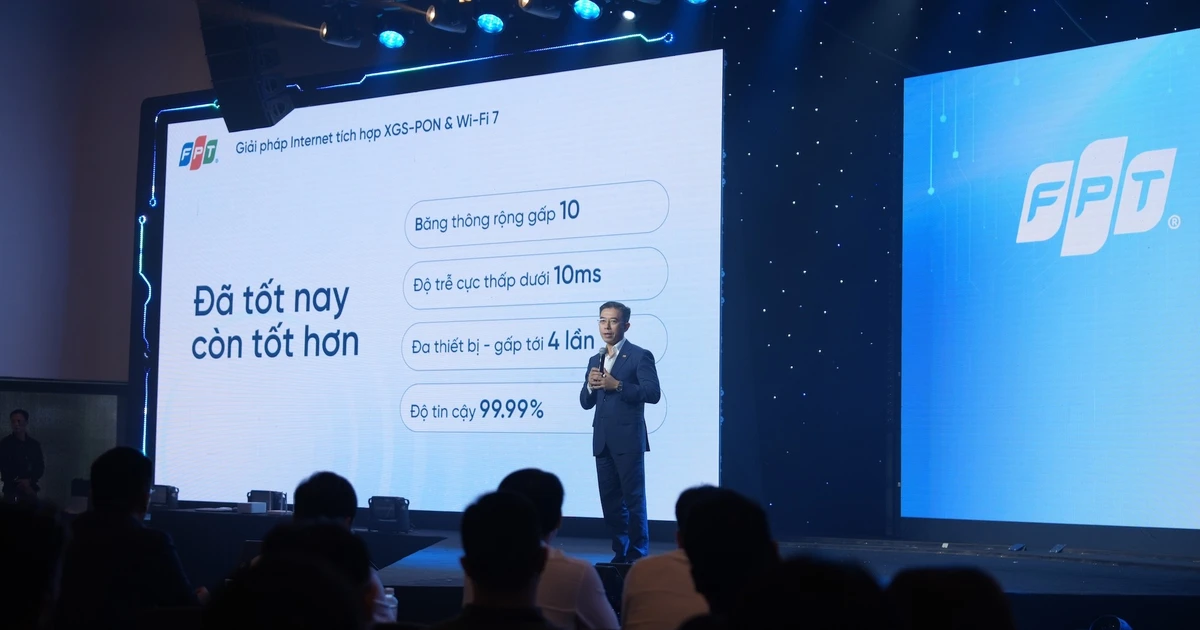

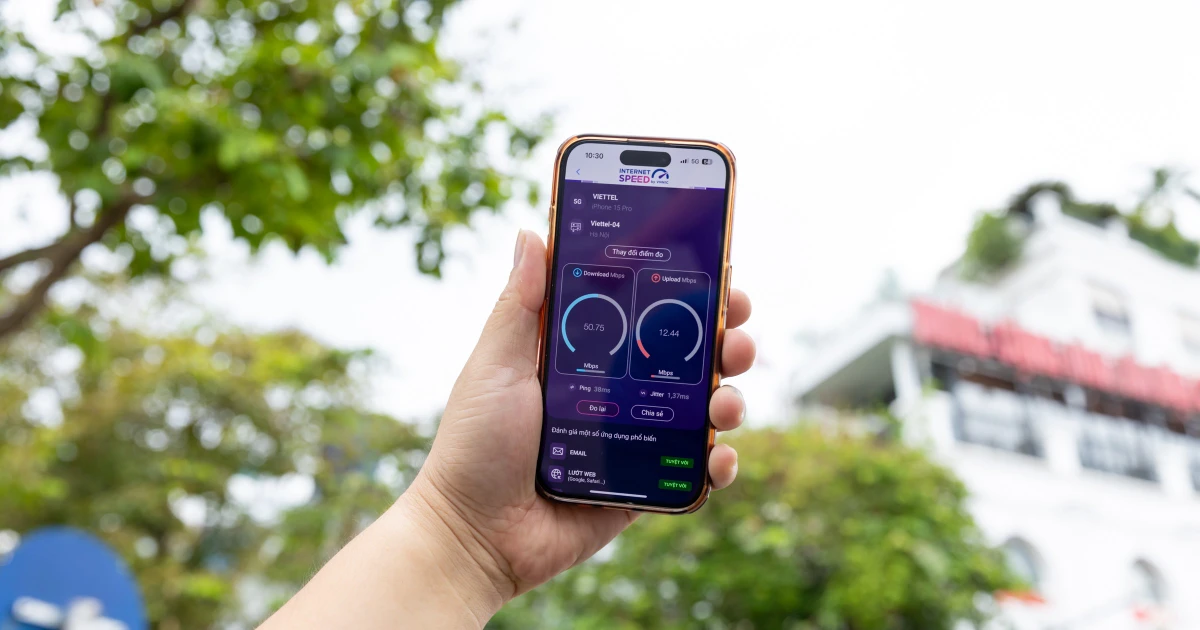
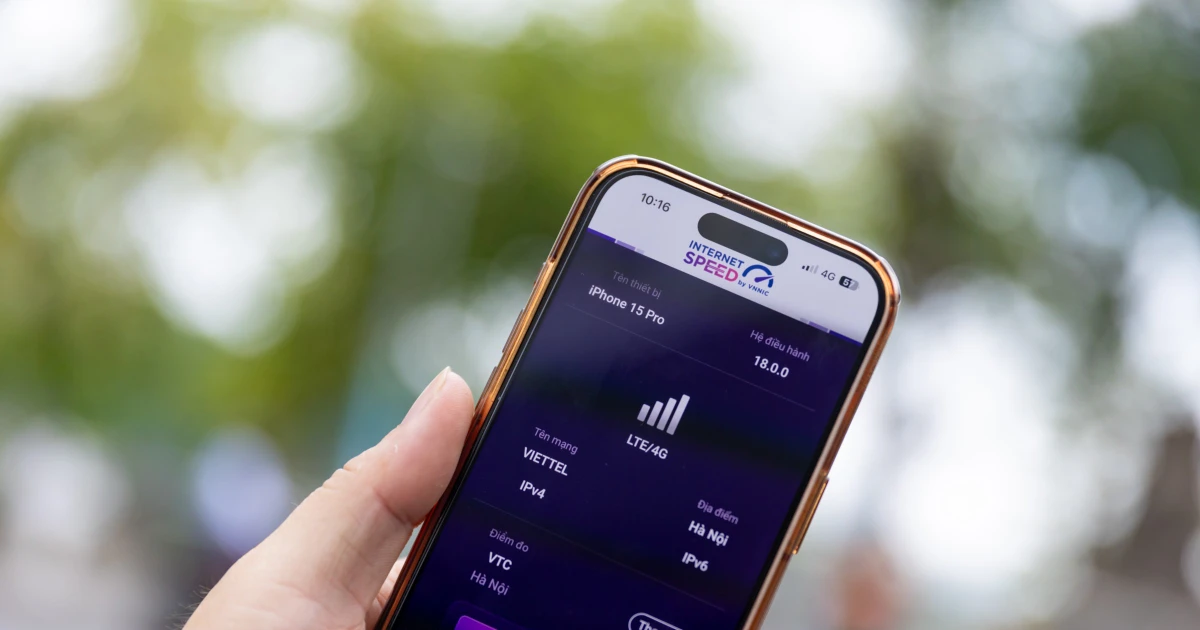







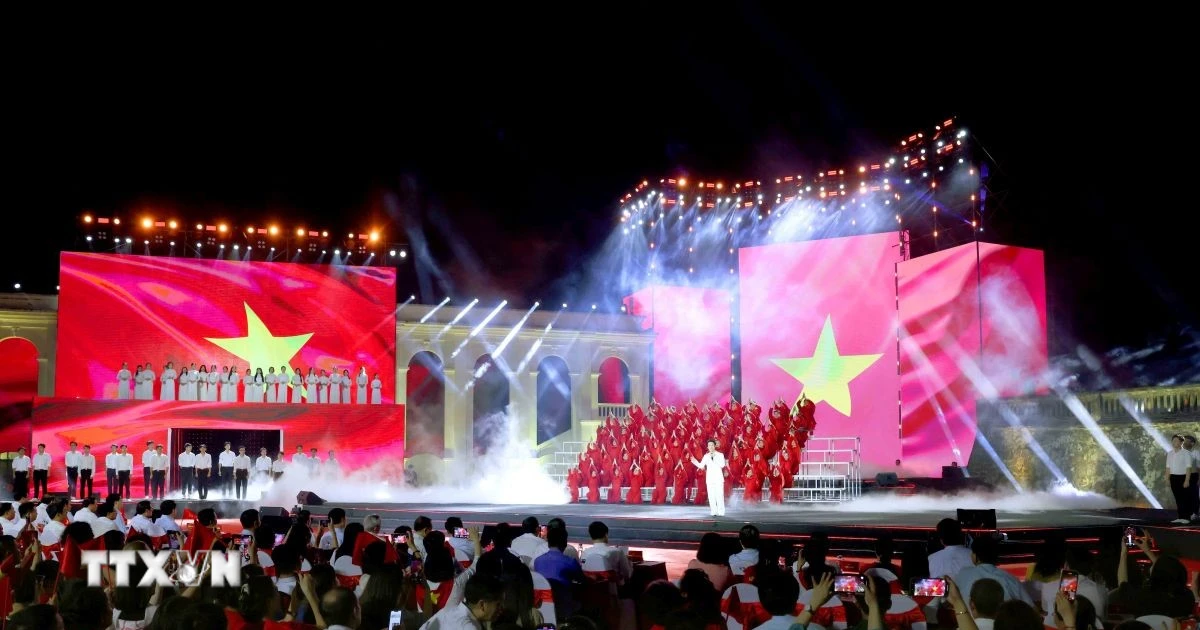




















































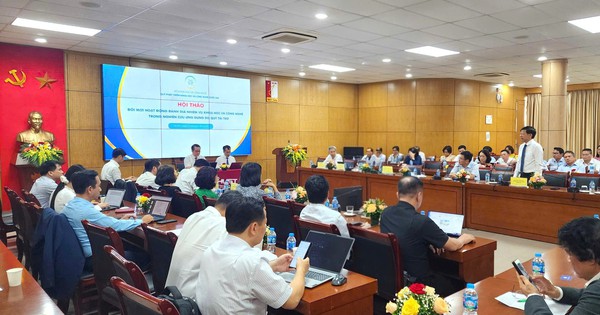








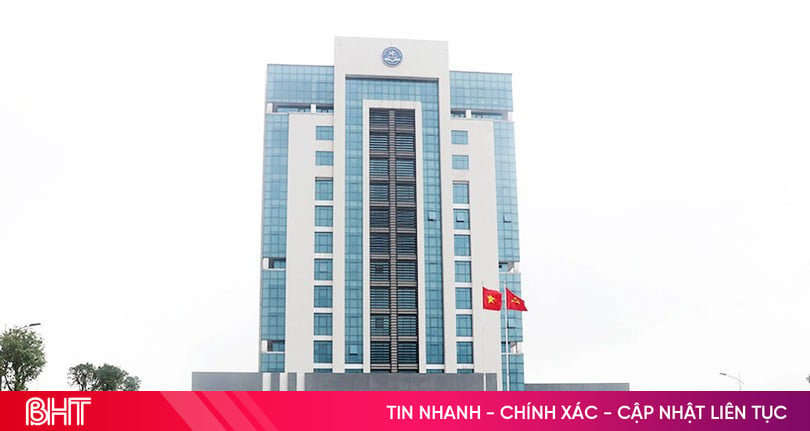


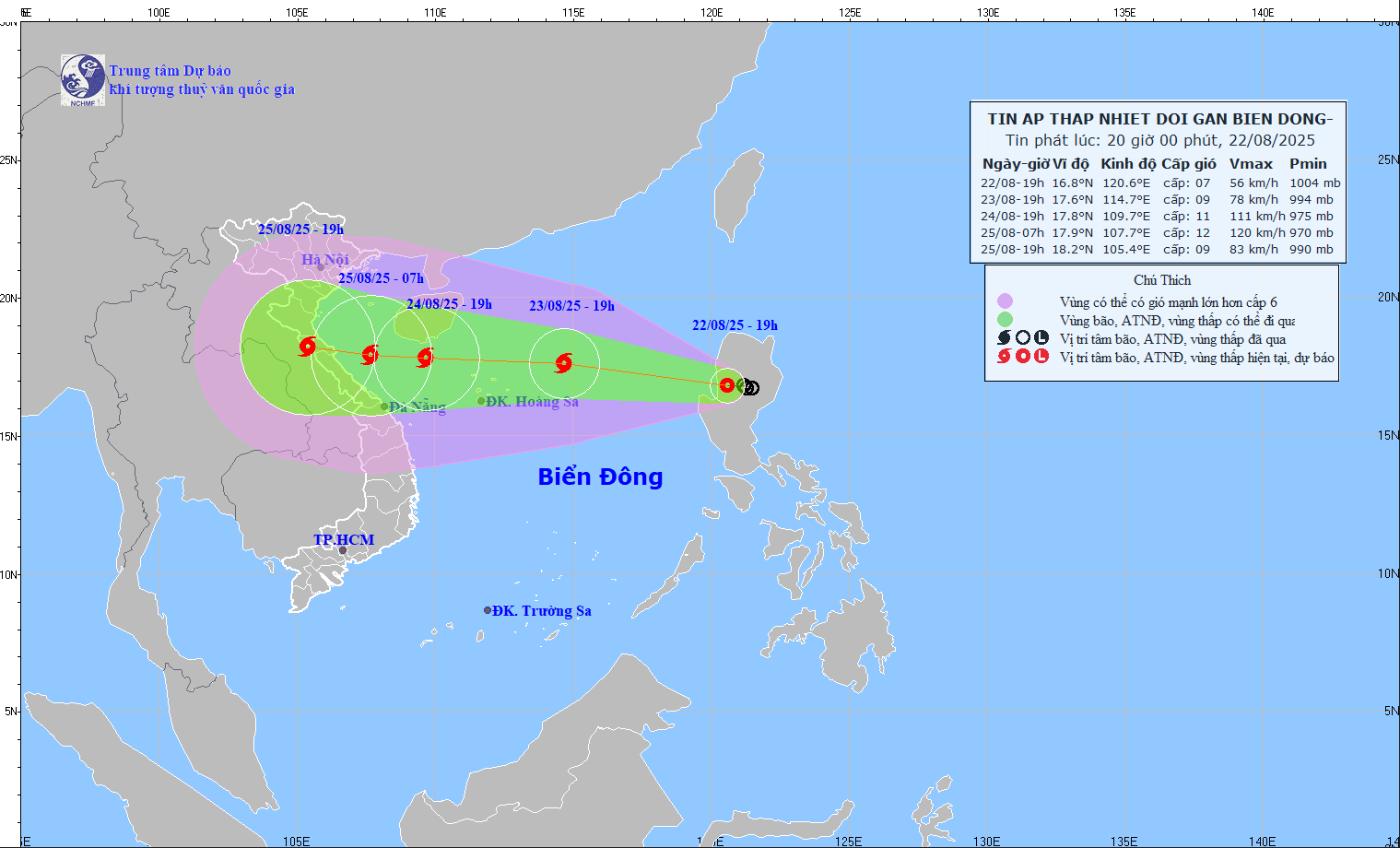















Comment (0)